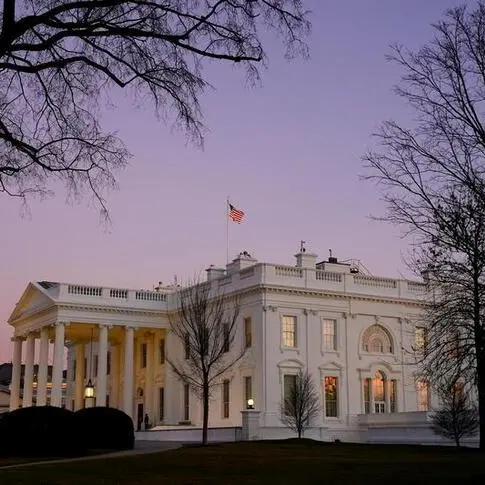PHOTO
Global energy consumption will likely increase through 2050 and outpace advances in energy efficiency, the U.S. Energy Information Administration said on Wednesday.
Global population growth, increased regional manufacturing and higher living standards will contribute to the increase in consumption, the EIA said. Global carbon dioxide emissions from energy will increase by 2050 in most scenarios outlined by the EIA.
Non-fossil fuel-based resources, including nuclear and renewables, will produce more energy through 2050, but that growth will likely not be sufficient to reduce global energy-related CO2 emissions under current laws and regulations, the EIA said.
Global electric-power generating capacity by 2050 is expected to increase by a range of 50% to 100%, and electricity generation by 30% to 76%, the EIA said.
Zero-carbon technologies account for most of the growth in both global capacity and generation.
Electricity generation from renewables and nuclear could provide as much as two-thirds of global electricity generation by 2050, according to the EIA.
Battery storage capacity is due to grow significantly, increasing from less than 1% of global power capacity in 2022 to a range of 4% to 9% of global power capacity by 2050.
The Middle East and North America is expected to increase natural gas production and exports to meet growing demand, and Western Europe and Asia will remain natural gas importers. Energy demand from China, India, Southeast Asia, and Africa will incentivize crude oil and natural gas production.
(Reporting by Stephanie Kelly and Laura Sanicola; editing by Jonathan Oatis)























